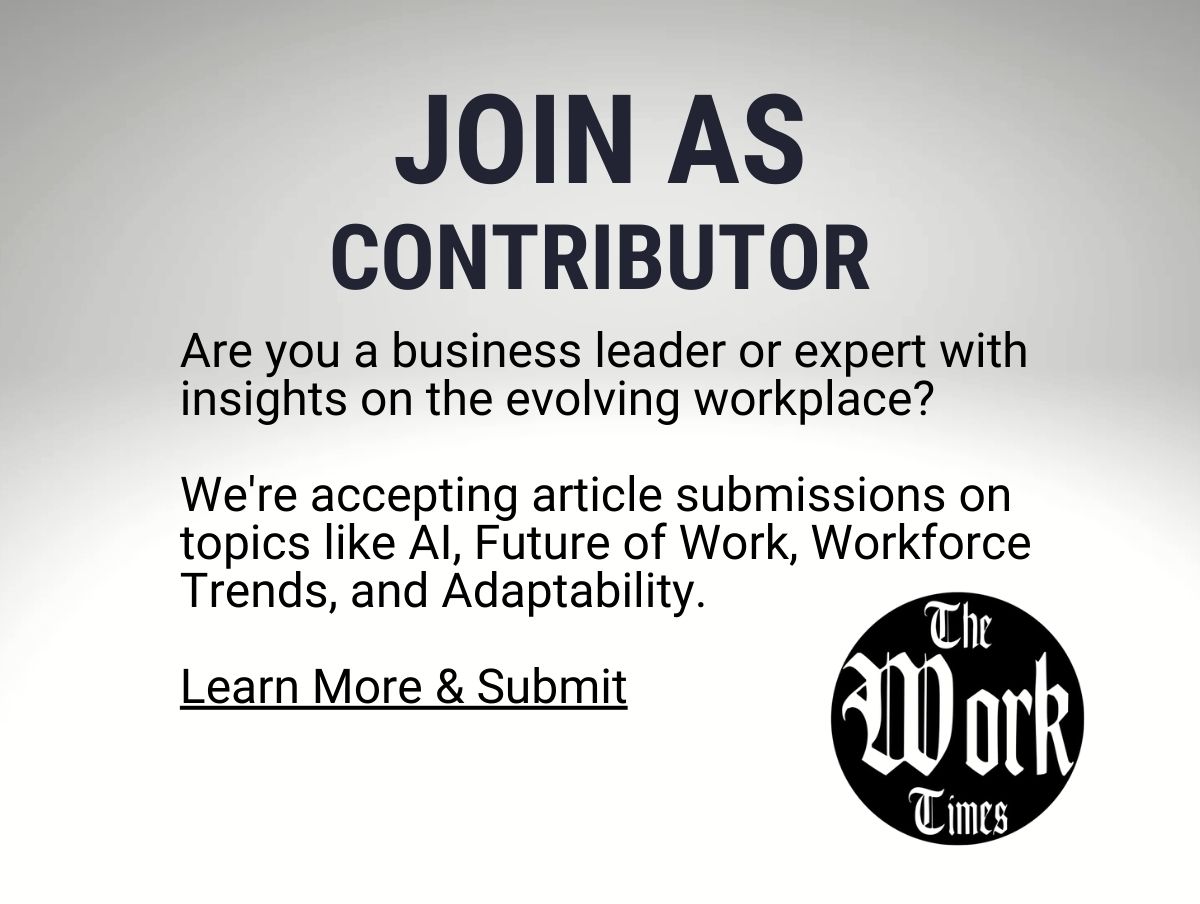After the Louisville Crash: What a UPS Cargo Flight Accident Reveals About Work, Safety, and the Stakes in Logistics
When a UPS cargo plane failed to return safely to the airspace above the Louisville region, it did more than become a breaking-news headline. It pulled into sharp focus the fragile architecture that underpins modern work: the people, schedules, technologies and decisions that keep goods moving around the world. With three crewmembers on board and authorities investigating causes and the extent of injuries, the immediate questions are urgent and human. But the broader questions—about safety culture, labor conditions, supply-chain resilience and organizational learning—are the ones every reader in the work community should care about.
The human center of every supply line
At the center of any aviation incident are human stories. Pilots, loadmasters, mechanics, dispatchers and ground crews are not abstractions; they are people who carry the responsibility for complex, tightly coordinated tasks under time pressure. When a flight goes down, communities, workplaces and families feel the reverberations. Workplaces that thrive through a crisis are those that place people and their wellbeing at the center of response and recovery.
For those who manage operations, this moment is a reminder: safety and human welfare must be a visible, resourced priority—not only when tragedy strikes, but every day. That means policies that protect rest and recovery, clear avenues for reporting hazards, and true psychological and logistical support for workers and their families when incidents occur.
Ripple effects through the workforce and supply chain
A single accident at a major air hub has consequences far beyond the crew. Louisville is a vital node in global logistics; disruptions can cascade into delayed shipments, compressed schedules for remaining crews, and a spike in pressure to catch up. For frontline workers that often translates into longer hours, intensified workloads, and thinner margins for error.
Employers and operations leaders must anticipate and mitigate these ripple effects. That means not only contingency plans for cargo routing and cargo handling but also strategies to protect labor capacity—temporary staffing, flexing schedules without increasing fatigue risk, and transparent communication about expectations and timelines.
Safety culture as organizational armor
Incidents test the safety culture of an organization. A mature safety culture treats near misses and accidents as sources of learning, not blame; it turns investigation into systems improvement. Public investigations are essential, but so too are private actions that improve training, revise procedures, and ensure that maintenance and human factors are consistently addressed.
Leaders in logistics and aviation can use moments like this to reinforce a message: safety is not a checkbox. It is a daily practice embedded in operations, procurement, scheduling and human resources decisions. Establishing that practice requires consistent investment—time, money and attention—and a willingness to change long-standing habits when they are shown to introduce risk.
Technology, data, and the limits of automation
Technology plays a dual role in modern aviation: it can improve situational awareness and reduce cognitive load, but it also introduces complexity. From automated flight systems to predictive maintenance platforms, tools that promise efficiency must be integrated with rigorous training and clear accountability. When technology is layered onto brittle processes, the result can be an illusion of safety that hides real vulnerabilities.
For the work community, the lesson is clear: invest in tools that augment human decision-making, and ensure that workers have the training and authority to use—or override—those tools when conditions demand. Data should inform decisions, not replace judgment.
Scheduling, fatigue, and the human performance calendar
In industries driven by around-the-clock operations, scheduling is a safety issue. Chronic fatigue degrades judgment, reaction time and situational awareness. Policies that prioritize throughput over rest invite risk. Under strain—after a disruption, during peak seasons—workers are pushed to compensate, and organizations expose themselves to cascading failures.
Meaningful change requires revisiting how schedules are structured, how overtime is authorized, and how recovery time is protected. It also means recognizing the limits of individuals: performance drops when humans are treated like machines. Protecting the clock is protecting the people who keep goods moving.
Communication, transparency and trust
How an organization communicates in the hours and days after an incident is telling. Transparency builds trust; obfuscation breeds suspicion. For employees, frank communication about what is known, what is under investigation, and what steps the company is taking reduces anxiety and speculation. For customers and partners, clear messaging helps manage expectations and demonstrates responsibility.
Trust is not only an ethical imperative—it is an operational one. Workers who trust leadership are more likely to report hazards early, share candid feedback, and engage constructively in safety improvements.
Collective responsibility and the role of workplace communities
Workplaces are communities. When tragedy strikes, community networks—unions, peer groups, local organizations—become vital sources of practical and emotional support. Employers who partner with these networks can amplify recovery efforts and create more resilient support systems for workers and families.
This moment is an opportunity for industry-wide conversation about how workers are supported in crisis: from immediate on-site care and counseling to long-term recovery assistance.
Lessons that last beyond headlines
Every investigation yields findings; every finding is an opportunity. The hard work is converting those findings into durable change—policy revisions, upgraded training, redesign of systems, and cultural shifts. Leaders in the logistics workforce arena should ask: are we set up to learn? Do we have mechanisms to track whether changes actually reduce risk? Are we willing to reallocate resources when necessary?
Change is rarely easy. It requires sustained attention, cross-functional collaboration and the courage to prioritize long-term safety over short-term output. But organizations that commit to this path become stronger, more reliable, and fairer employers.
Forward, with clarity and compassion
As investigators work to establish what happened near Louisville, the work community must hold two truths at once: the need for a rigorous, technical inquiry into causes, and the immediate imperative to attend to people. Compassionate, transparent leadership in the hours after an accident sets the tone for recovery. Strategic, evidence-driven changes in the months that follow set the tone for prevention.
For managers, policymakers, and workers across logistics, aviation and related industries, the challenge is to transform sorrow and uncertainty into sustained commitment: commitment to safer schedules, fairer labor practices, meaningful investments in training and maintenance, and a culture where the welfare of people is inseparable from operational success.
Closing: a commitment to learning and support
Incidents like this are painful reminders of the stakes involved in moving the world’s goods. They are also inflection points. The way forward is not to avert our eyes when the cameras leave, but to press forward with patience, rigor and empathy. To the crews, mechanics, dispatchers and families affected, the work community owes more than condolences; it owes action. Let this be a moment that deepens our resolve to build safer, more humane systems—so that every worker returns home at the end of their shift, and every community can rest a little easier.




























